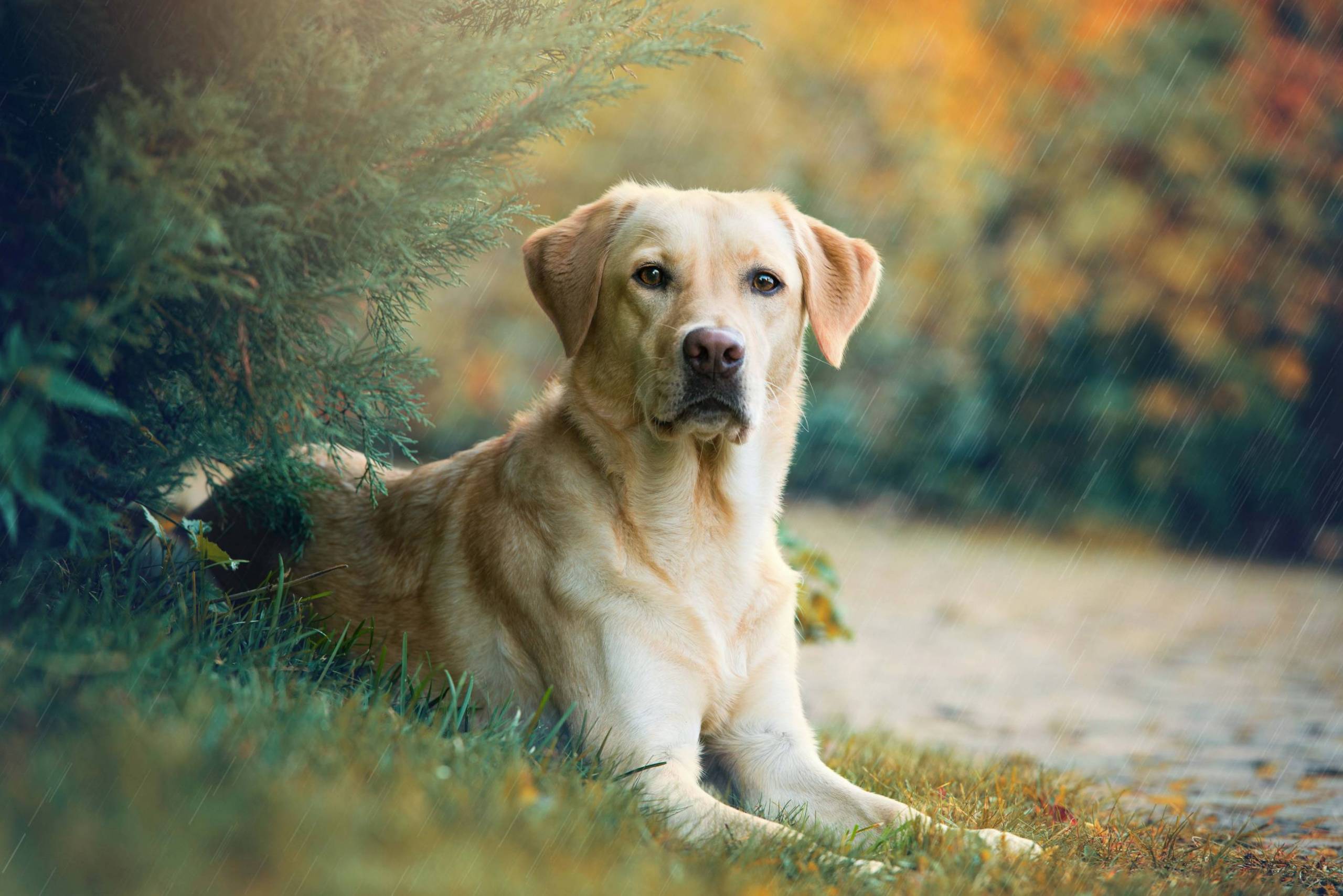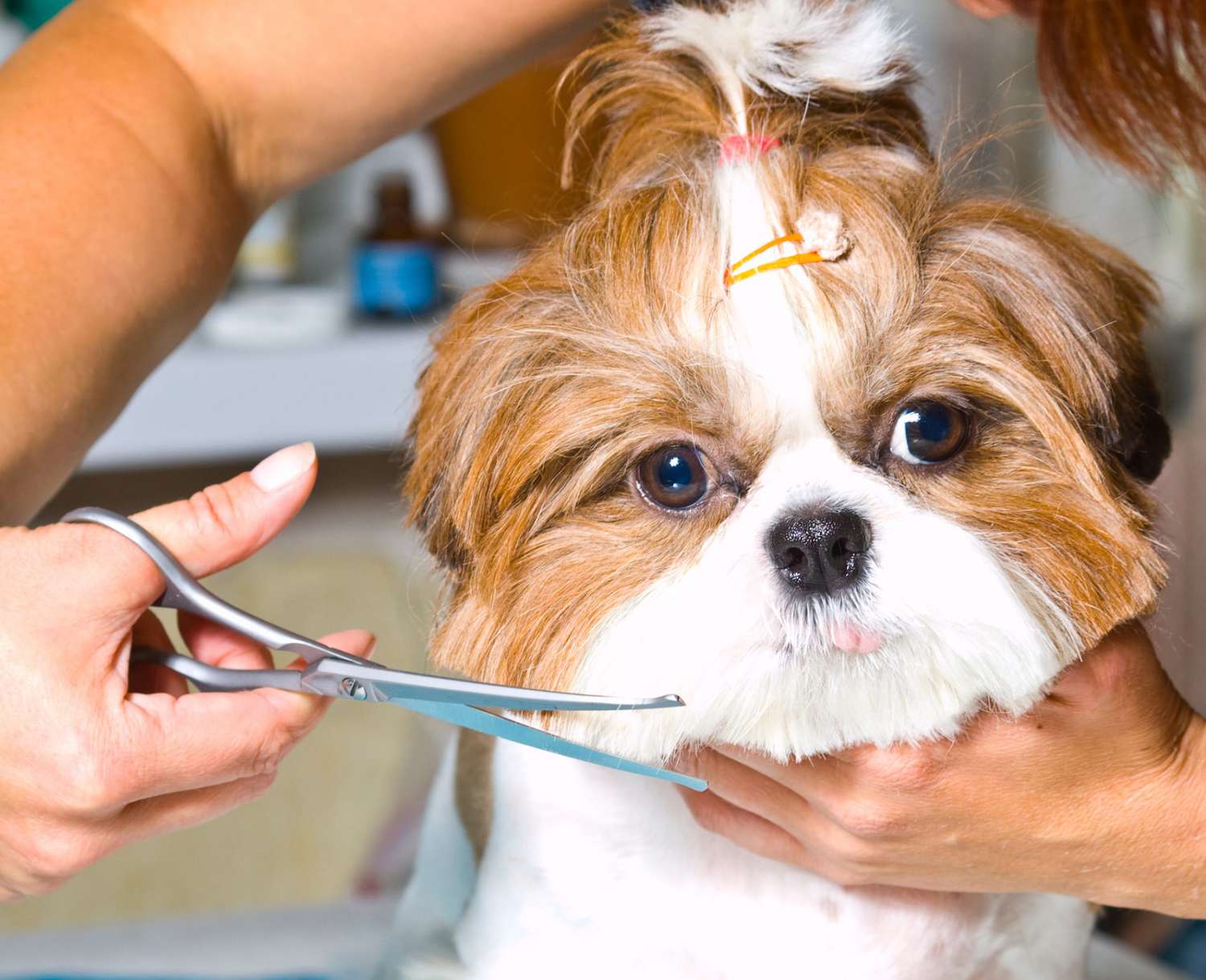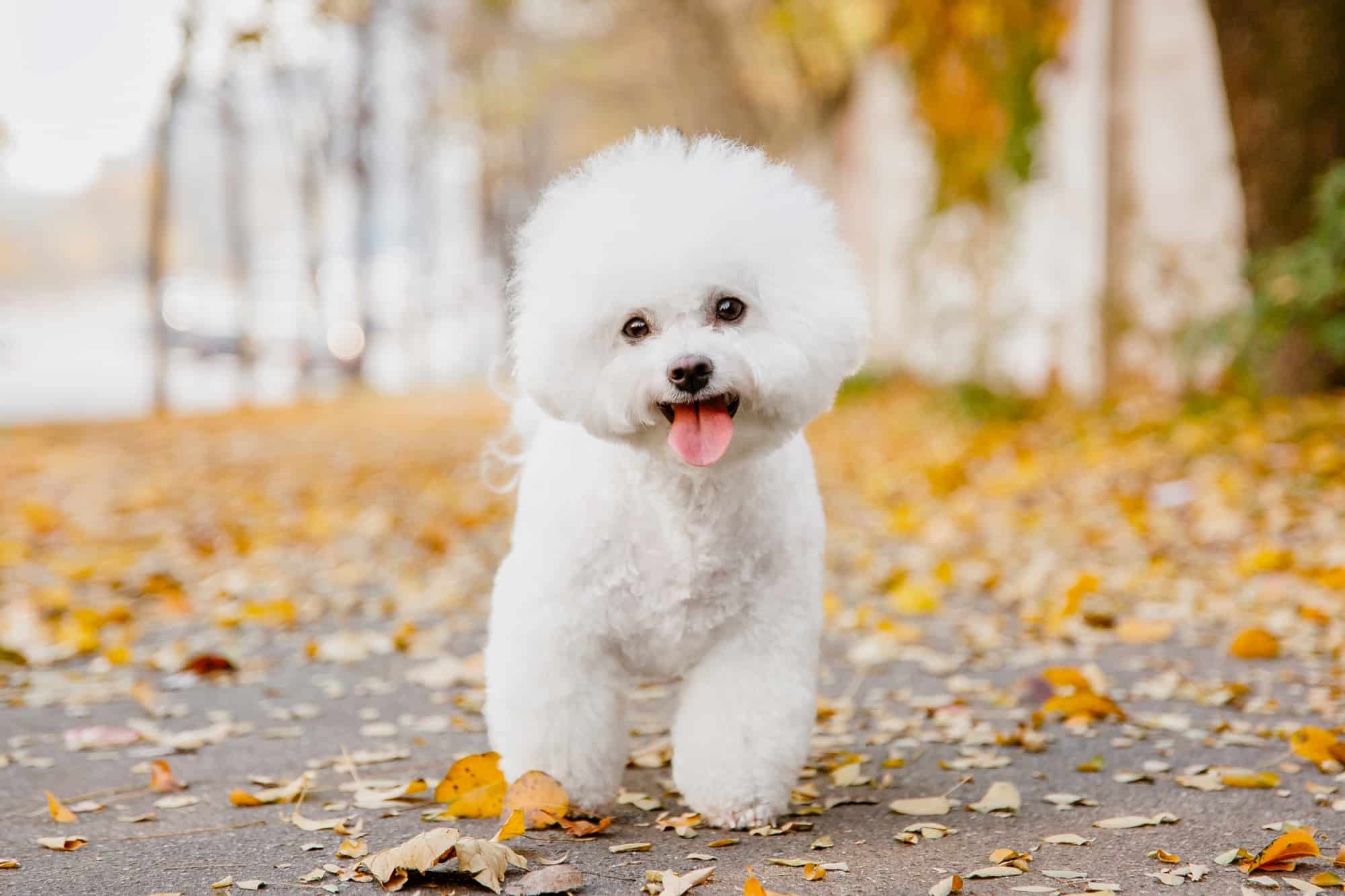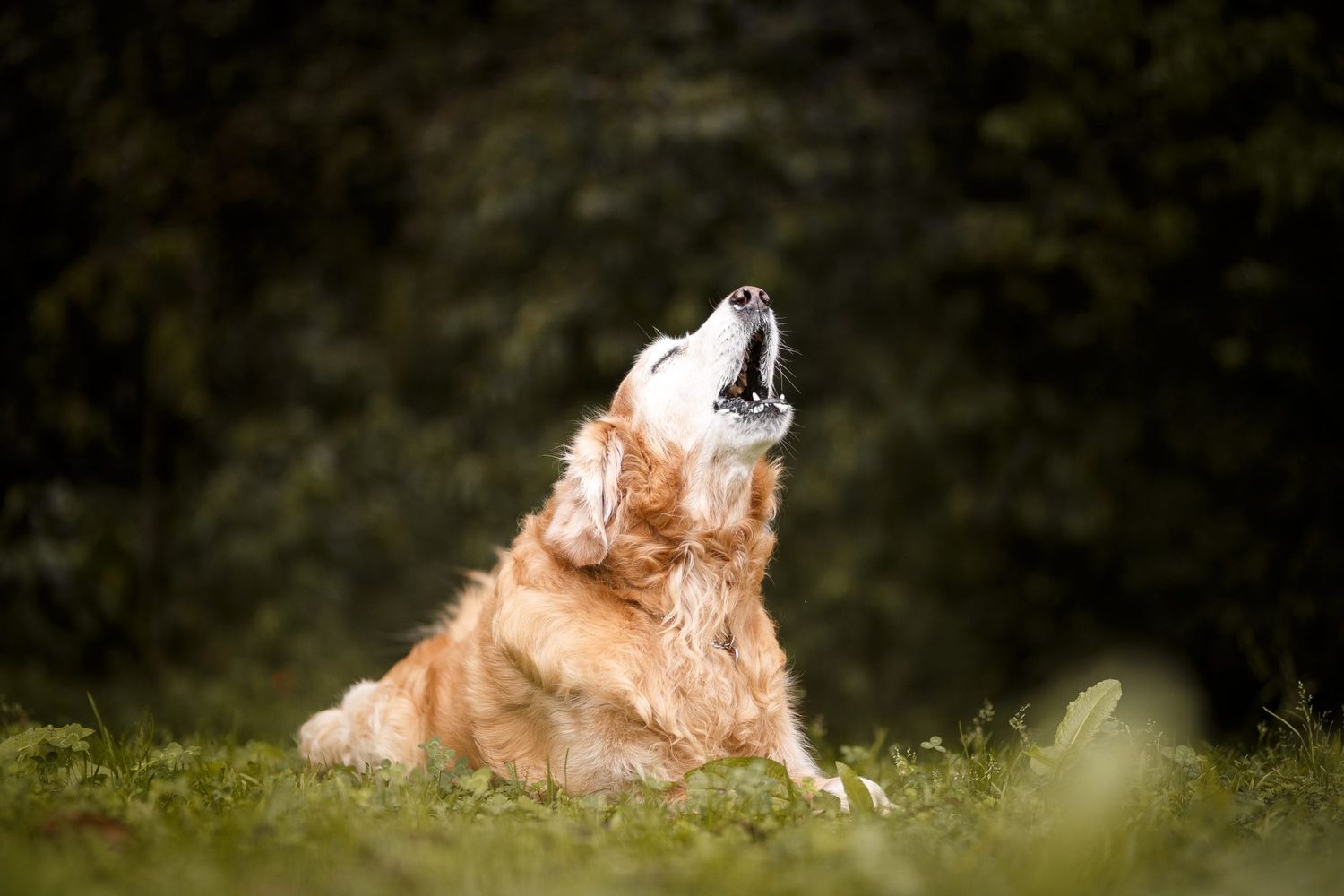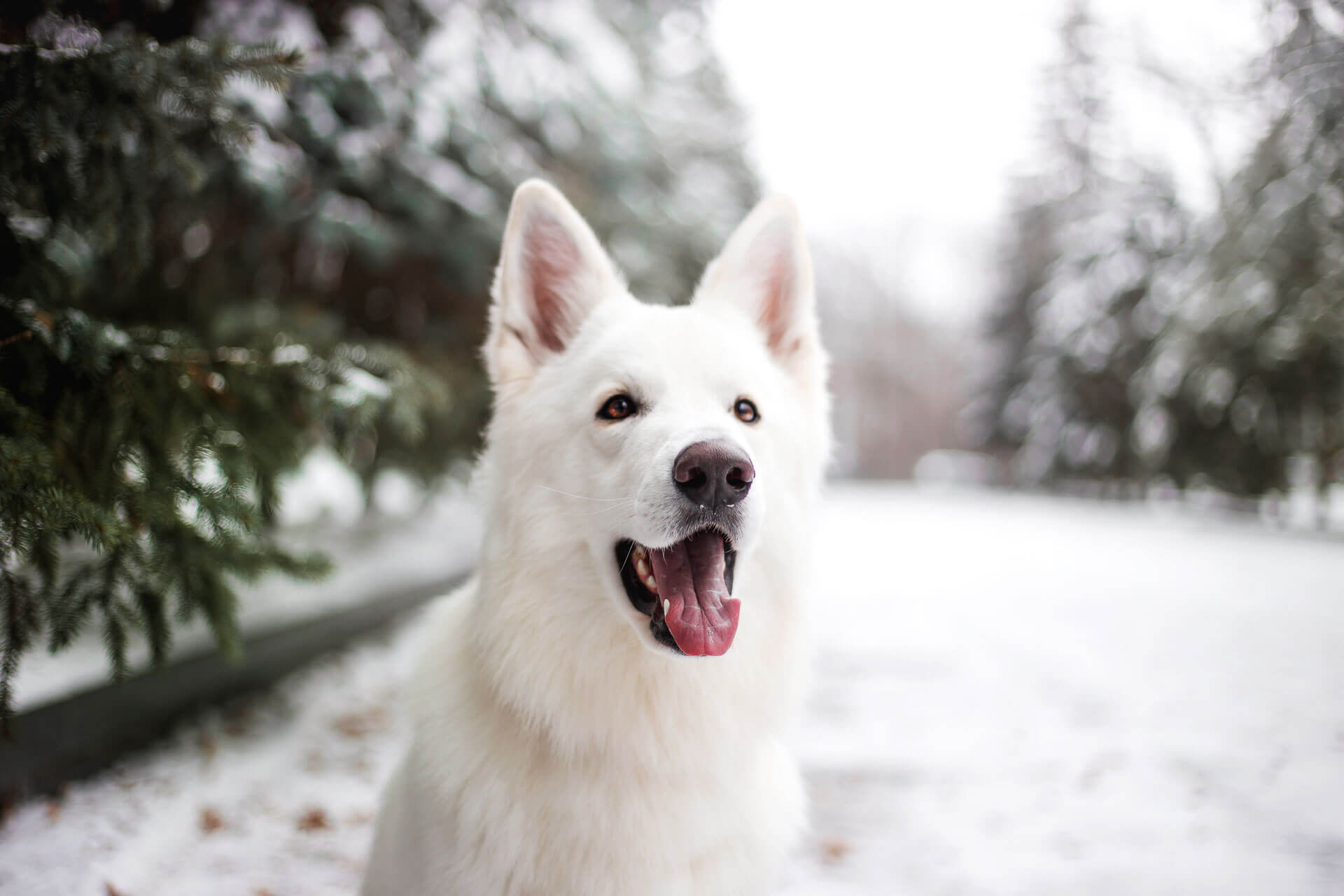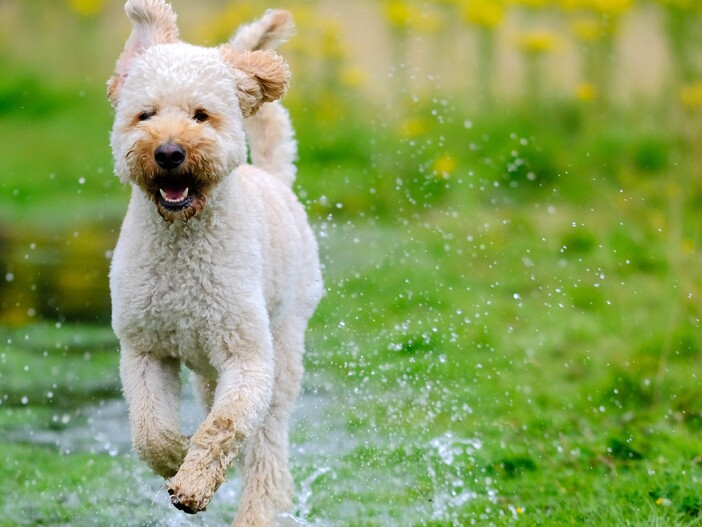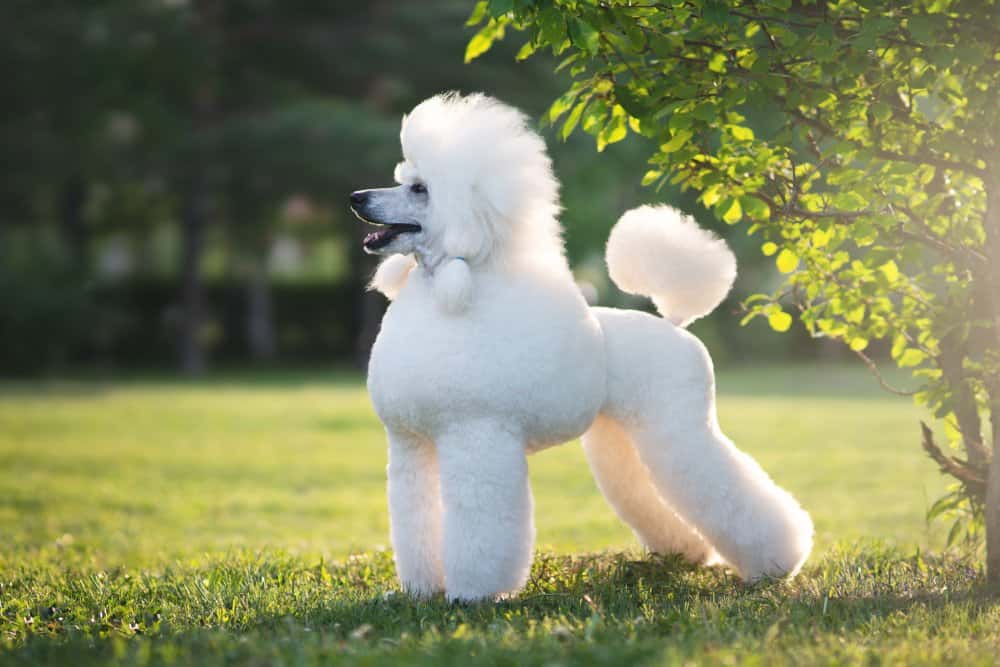Belgium is known for its delicious food, but it is also the birthplace of some of the most beloved dog breeds. Belgian dog breeds are highly active, intelligent, and were originally bred for herding purposes. Today, they make excellent companions for hiking, jogging, and walking.
There are seven different dog breeds that originated in Belgium, with four of them being shepherd dogs. The Belgian Laekenois, Groenendael, Malinois, and Tervuren are all related Belgian shepherd dog breeds, with the main differences between them being coat type and color.
You are reading: 9 Most Common Types Of Belgian Dog Breeds
In addition to these breeds, there are also the Bouvier des Flandres, Brussels Griffon, and Schipperke. In this article, we will take a closer look at the nine most common types of Belgian dog breeds that make the most active companions.

9 Most Common Types Of Belgian Dog Breeds
Belgian Laekenois
The Belgian Laekenois is a medium-sized herding breed from Belgium, known for its athletic body, pointed ears, and double coat with wiry, curly fur. Here are some key characteristics and care tips for this unique breed:
– Origin: The Belgian Laekenois is one of the four Belgian Shepherd dog breeds, originating from Belgium and originally bred for herding and guarding.
– Appearance: The Laekenois has a rough, wiry coat that comes in shades of red, fawn, or gray, with traces of black on the muzzle or tail. It has a medium-length double coat with a wiry, curly texture.
– Size: Males typically stand 24 to 26 inches tall at the shoulder, while females are slightly smaller, ranging from 22 to 24 inches in height. The weight of a Laekenois can range from 55 to 65 pounds.
– Temperament: The Laekenois is known for being alert, protective, intelligent, active, and affectionate. They should be confident, calm, and fearless, never shy or aggressive.
– Trainability: Like other Belgian Shepherd breeds, the Laekenois is intelligent and eager to please, making it highly trainable. Early socialization and training are essential for this breed to ensure they grow up to be well-rounded and well-behaved dogs.
– Grooming: The Laekenois has a low-maintenance coat that only requires light trimming at least two times a year. Regular brushing can help keep the coat in good condition, reducing the need for frequent baths. The nails should be trimmed as needed, and the ears should be kept clean and dry to prevent infections. Regular tooth brushing with a veterinarian-approved toothpaste is also recommended.
– Health: The Laekenois is generally a healthy breed, but like all dogs, they can be prone to certain health issues. Responsible breeders should conduct necessary health screenings to ensure the well-being of their puppies. Some common health concerns for the Laekenois include hip dysplasia, progressive retinal atrophy, and epilepsy. Regular veterinary check-ups and a balanced diet can help maintain the overall health of this breed.
Groenendael
The Groenendael is one of the four Belgian Shepherd dog breeds, along with the Malinois, Laekenois, and Tervuren. Here are some key characteristics and care tips for this breed:
Origin:
The Groenendael originated in Belgium in 1885, when Nicholas Rose created the breed by mating a long-haired black Belgian Shepherd bitch named Petite with a dog named Piccard D’Uccle. The breed was named after Rose’s château, Groenendael.
Appearance:
The Groenendael has a long, solid black double coat, with the outer coat being straight and particularly long around the shoulders, neck, and chest. They have short hair on the face and well-feathered legs and tail.
Size:
Males typically stand 24 to 26 inches tall at the shoulder, while females are slightly smaller, ranging from 22 to 24 inches in height. The weight of a Groenendael can range from 55 to 75 pounds.
Temperament:
The Groenendael is known for being intelligent, active, and energetic. They have a strong herding instinct and excel in activities that allow them to use their intelligence and agility. They require regular exercise and mental stimulation to remain content and well-behaved.
Trainability:
The Groenendael is highly intelligent and trainable. Early socialization and training are essential for this breed to ensure they grow up to be well-rounded and well-behaved dogs.
Grooming:
Despite their long coat, the Groenendael’s grooming needs are relatively moderate, with regular brushing to keep their fur in good condition. They should be brushed at least once a week to prevent matting and tangling. The nails should be trimmed as needed, and the ears should be kept clean and dry to prevent infections. Regular tooth brushing with a veterinarian-approved toothpaste is also recommended.
Health:
The Groenendael is generally a healthy breed, but like all dogs, they can be prone to certain health issues. Some common health concerns for the Groenendael include hip dysplasia, progressive retinal atrophy, and epilepsy. Regular veterinary check-ups and a balanced diet can help maintain the overall health of this breed.
Belgian Malinois
The Belgian Malinois is a medium-sized herding breed from Belgium, known for its loyalty, intelligence, and strong work ethic. Here are some key characteristics and care tips for this breed:
Origin:
The Belgian Malinois is one of four Belgian Shepherd dog breeds, originating from Belgium and originally bred for herding and guarding. The breed was named after the Belgian city of Malines, where it was the predominant coat type used by local shepherds.
Appearance:
The Belgian Malinois has a short, straight, and dense coat that comes in shades of fawn or mahogany, with black tips on the hairs giving an overlay appearance. They have a black mask and ears, and their overall appearance is elegant and well-proportioned.
Size:
Males typically stand 24 to 26 inches tall at the shoulder, while females are slightly smaller, ranging from 22 to 24 inches in height. The weight of a Belgian Malinois can range from 55 to 75 pounds.
Temperament:
The Belgian Malinois is known for being intelligent, loyal, and protective. They have a strong herding instinct and excel in activities that allow them to use their intelligence and agility. They require regular exercise and mental stimulation to remain content and well-behaved.
Trainability:
The Belgian Malinois is highly intelligent and trainable. Early socialization and training are essential for this breed to ensure they grow up to be well-rounded and well-behaved dogs.
Grooming:
The Belgian Malinois has a moderate grooming requirement, with regular brushing to keep their fur in good condition. They should be brushed at least once a week to prevent matting and tangling. The nails should be trimmed as needed, and the ears should be kept clean and dry to prevent infections. Regular tooth brushing with a veterinarian-approved toothpaste is also recommended.
Health:
The Belgian Malinois is generally a healthy breed, but like all dogs, they can be prone to certain health issues. Some common health concerns for the Belgian Malinois include hip dysplasia, progressive retinal atrophy, and epilepsy. Regular veterinary check-ups and a balanced diet can help maintain the overall health of this breed.
Belgian Tervuren
The Belgian Tervuren is a medium-sized herding breed from Belgium, known for its intelligence, elegance, and striking appearance. Here are some key characteristics and care tips for this breed:
Origin:
The Belgian Tervuren is one of the four Belgian Shepherd dog breeds, originating from Belgium and originally bred for herding and guarding. The breed was named after the Belgian village of Tervuren, where it was developed.
Appearance:
The Belgian Tervuren has a long, rich fawn to russet mahogany coat with a black overlay, giving it a striking appearance. They have a square build, a wedge-shaped head, dark-brown almond-shaped eyes, and erect triangular ears.
Size:
Males typically stand 24 to 26 inches tall at the shoulder, while females are slightly smaller, ranging from 22 to 24 inches in height. The weight of a Belgian Tervuren can range from 55 to 75 pounds.
Temperament:
The Belgian Tervuren is known for being intelligent, energetic, and affectionate with loved ones. They have a strong herding instinct and excel in activities that allow them to use their intelligence and agility. They require regular exercise and mental stimulation to remain content and well-behaved.
Trainability:
The Belgian Tervuren is highly intelligent and trainable. Early socialization and training are essential for this breed to ensure they grow up to be well-rounded and well-behaved dogs.
Grooming:
The Belgian Tervuren has a moderate grooming requirement, with regular brushing to keep their fur in good condition. They should be brushed at least once a week to prevent matting and tangling. The nails should be trimmed as needed, and the ears should be kept clean and dry to prevent infections. Regular tooth brushing with a veterinarian-approved toothpaste is also recommended.
Health:
The Belgian Tervuren is generally a healthy breed, but like all dogs, they can be prone to certain health issues. Some common health concerns for the Belgian Tervuren include hip dysplasia, progressive retinal atrophy, and epilepsy. Regular veterinary check-ups and a balanced diet can help maintain the overall health of this breed.
Bouvier des Flandres
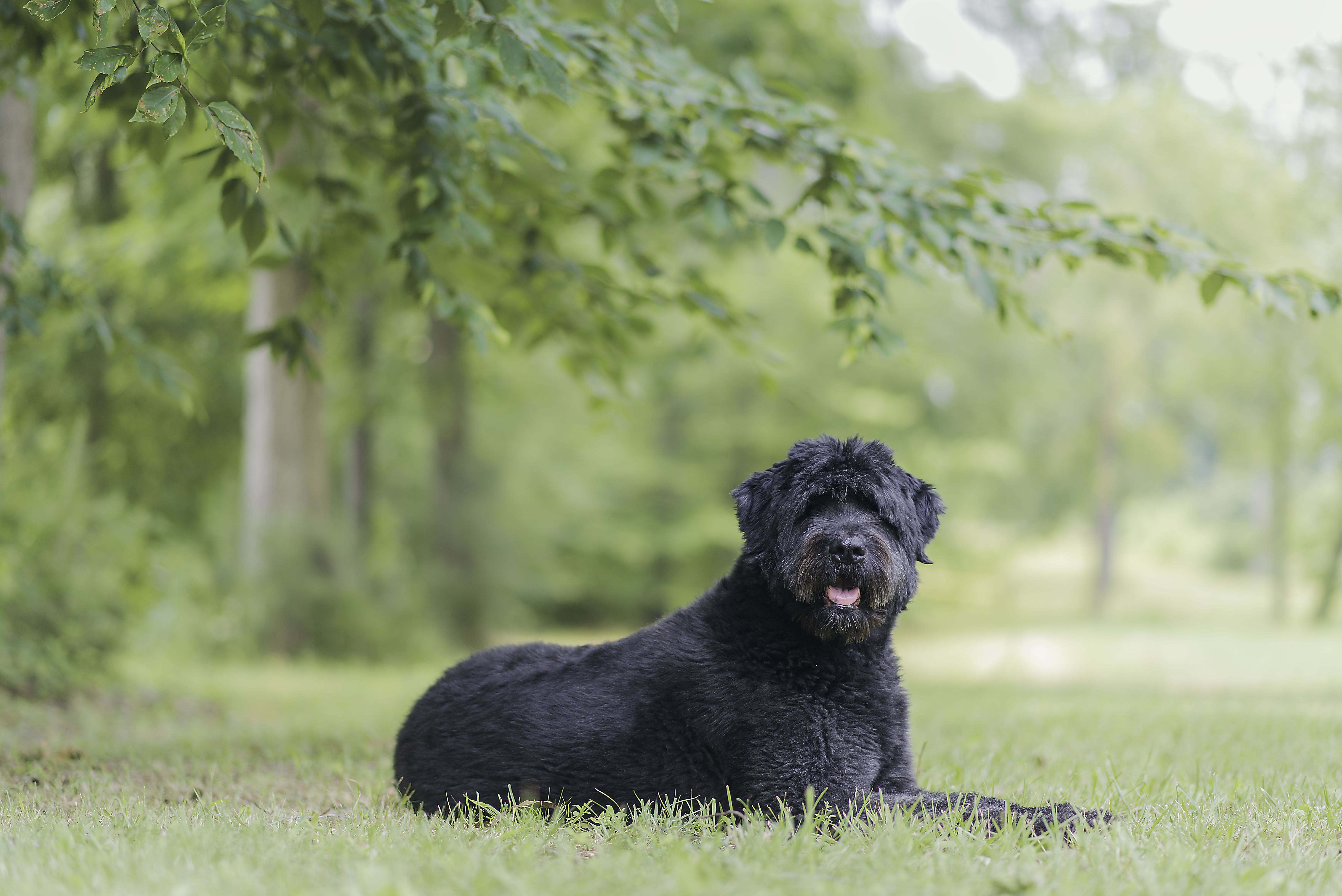
The Bouvier des Flandres is a large herding breed from Belgium with a sturdy body, wiry fur, floppy ears, bearded face, and a fluffy appearance. Here are some key characteristics of the Bouvier des Flandres:
– Coat Color: Salt and pepper, gray, fawn, brindle, or gray and brindle.
– Life Span: 10 to 12 years.
– Temperament: Intelligent, friendly, loyal, protective, active.
– Hypoallergenic: Yes.
– Affection Level: High.
– Friendliness: Medium.
– Kid-Friendly: High.
– Pet-Friendly: Low.
– Exercise Needs: High.
– Playfulness: High.
– Energy Level: High.
– Trainability: Medium.
– Intelligence: High.
– Tendency to Bark: High.
– Amount of Shedding: Low.
The Bouvier des Flandres is a loyal dog that craves human companionship and is known for its loving personality and amiable temperament toward its family. However, it’s not the best choice for novice owners. This breed has plenty of energy and can become destructive around the house when not exercised mentally and physically each day.
Bouviers are very fond of children and protective of their family, but they don’t do well with cats and can be aggressive toward other dogs if they aren’t raised together.
The Bouvier des Flandres was originally bred to be a versatile farm dog, helping farmers with tasks such as herding livestock, pulling carts, and guarding.
They are excellent watchdogs and guardians, and eager participants in dog sports, especially herding trials. This breed is slow to mature physically and has a calm and docile nature, making it a great family dog.
Brussels Griffon
The Brussels Griffon, also known as Griff, is a small dog breed that originated in Belgium. Here are some key characteristics and care tips for this breed:
Origin:
The Brussels Griffon is a Belgian dog breed that dates back to the 1800s. They were originally bred for catching rats, but their focus has since shifted to producing wonderful companions.
Appearance:
The Brussels Griffon has a short face, round head, distinct facial fur, large eyes, and a silky coat. They come in two types of coats: the rough and smooth. The rough coat is harsh and wiry, while the smooth coat is straight, short, tight, and glossy. They can be red, black and reddish-brown with a black mask and whiskers, black and tan, and solid black.
Size:
The Brussels Griffon’s height is about 10 inches at the shoulder, and they generally mature at one year, although they reach their full size around six to eight months.
Temperament:
The Brussels Griffon is known for being friendly, playful, intelligent, and affectionate. They are highly affectionate and form strong bonds with their owners, thriving on human companionship. They are quick learners and enjoy mental stimulation.
Trainability:
The Brussels Griffon is easy to train. They are intelligent and quick learners, which can come in handy when raising a Brussels Griffon puppy.
Grooming:
The Brussels Griffon is a relatively low-maintenance breed when it comes to their exercise and grooming needs. The smooth-coated Brussels Griffon requires little more than routine grooming with brushing twice per week, but you should expect some shedding. The rough-coated Griff sheds much less, and this is the hypoallergenic option for owners with mild to moderate allergies. The rough-coated variety needs to have its coat hand-stripped every three to four months. Schnauzer cuts can avoid the need for stripping. Many groomers no longer perform stripping, which is a lengthy process that can be ….
Health:
The Brussels Griffon is generally a healthy breed with few health concerns. However, they are brachycephalic dogs, which means they have a short snout and flat-faced appearance, making them more prone to snore and more sensitive to hot, humid weather. They should not be left outside for extended periods of time. Areas to ask the breeder or your veterinarian about include screening for any heart conditions, eye defects such as cataracts, or orthopedic issues including patella luxation and hip dysplasia.
Belgian Mastiff
The Belgian Mastiff, also known as the Belgian Mastiff Sheepdog, is a large and powerful breed that originated in Belgium. Here are some key characteristics and care tips for this breed:
Origin:
The Belgian Mastiff is a Belgian dog breed that was originally bred for herding and guarding. They were not known as a friendly dog, but they were very loving, loyal, and protective toward their family.
Appearance:
The Belgian Mastiff has a large, muscular body with a short, smooth, and loose coat. Their backs are equally powerful, and their legs are well-muscled, parallel to each other, and set well apart.
Size:
Males typically stand 24 to 27 inches tall at the shoulder, while females are slightly smaller, ranging from 22 to 25 inches in height. The weight of a Belgian Mastiff can range from 70 to 120 pounds.
Temperament:
The Belgian Mastiff is known for being loyal, protective, and courageous. They are calm and affectionate with their family but can be wary of strangers. They require early socialization and training to ensure they grow up to be well-rounded and well-behaved dogs.
Trainability:
The Belgian Mastiff is intelligent and trainable. Early socialization and training are essential for this breed to ensure they grow up to be well-rounded and well-behaved dogs.
Grooming:
The Belgian Mastiff has a low-maintenance coat that requires little more than routine grooming with brushing twice per week. Regular brushing helps manage shedding and keeps their coat healthy. The nails should be trimmed as needed, and the ears should be kept clean and dry to prevent infections. Regular tooth brushing with a veterinarian-approved toothpaste is also recommended.
Health:
The Belgian Mastiff is generally a healthy breed, but like all dogs, they can be prone to certain health issues. Some common health concerns for the Belgian Mastiff include hip dysplasia, progressive retinal atrophy, and epilepsy. Regular veterinary check-ups and a balanced diet can help maintain the overall health of this breed.
Belgian Shorthaired Pointer
The Belgian Shorthaired Pointer, also known as the Belgian Pointing Dog, is a medium to large dog breed that originated in Belgium. Here are some key characteristics and care tips for this breed:
– Origin: The Belgian Shorthaired Pointer is a Belgian dog breed that was developed for hunting and pointing game. They are known for their excellent scenting abilities and their strong pointing instincts.
– Appearance: The Belgian Shorthaired Pointer has a medium to large size, with a height ranging from 23.5 to 28 inches and a weight of approximately 52 to 61 pounds. They have a strong build, a wide chest, a strong loin, and a short, dense coat.
– Temperament: The Belgian Shorthaired Pointer is known for being intelligent, energetic, and eager to please. They are highly trainable and make excellent companions for active individuals or families.
– Trainability: The Belgian Shorthaired Pointer is a highly trainable breed that excels in various dog sports and activities. They require mental and physical stimulation to prevent boredom and destructive behaviors.
– Grooming: The short and dense coat of the Belgian Shorthaired Pointer requires minimal grooming. Regular brushing and occasional bathing are usually sufficient to keep their coat in good condition.
– Health: The Belgian Shorthaired Pointer is generally a healthy breed with few breed-specific health concerns. However, like all dogs, they can be prone to certain health issues, such as hip dysplasia and eye problems. Regular veterinary check-ups and a balanced diet can help maintain the overall health of this breed.
Schipperke
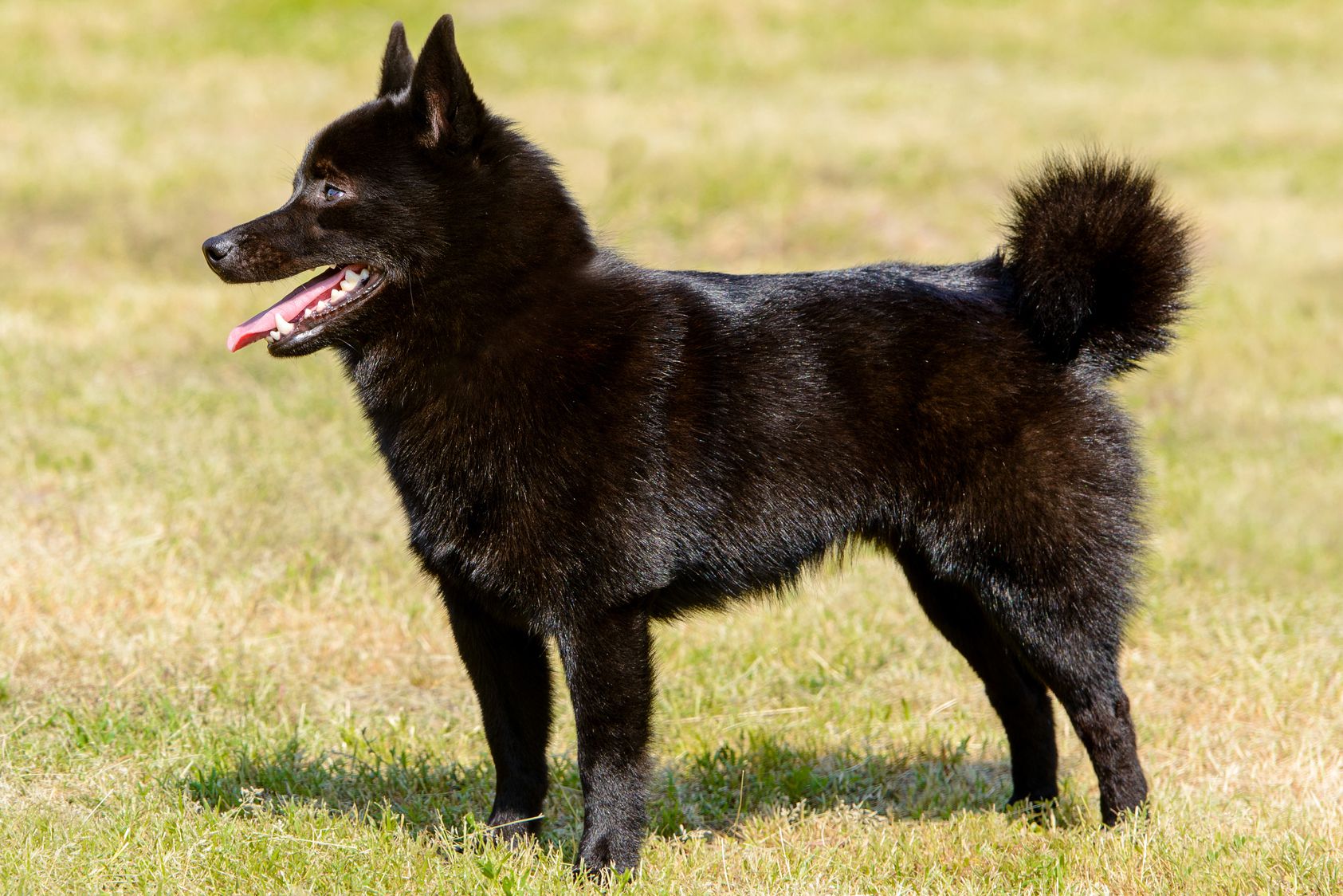
Read more : Why Does My Dog Rub His Face On Soap
The Schipperke is a small and sturdy dog breed that is believed to have originated in the 1600s in Belgium. Here are some key characteristics and care tips for this breed:
– Origin: The Schipperke is often referred to as the “little captain” of Belgium and was originally used as a barge dog in the Low Countries. They were responsible for guarding the boats and catching rats.
– Appearance: Schipperkes are small, sturdy dogs with a distinctive appearance. They have a fox-like face, pointed ears that are erect atop the head, and a coat that is usually black. Their double coat consists of a soft, fluffy undercoat covered by a somewhat harsher and longer outer coat. One of the breed’s characteristics is a long ruff that surrounds the neck, and they also have longer fur on their hind legs, called culottes.
– Temperament: Schipperkes are known for being curious, lively, and intense, but they can also be mischievous. They are very intelligent, easy to train, and loyal. However, they can be vocal watchdogs and may bark non-stop to alert their family of potential dangers.
– Trainability: Schipperkes are highly intelligent and easy to train. They thrive on mental stimulation and enjoy learning new tasks and tricks.
– Grooming: The Schipperke’s double coat requires regular brushing to prevent matting and to keep their fur in good condition. They are a relatively low-shedding breed, but they do experience seasonal shedding.
– Health: Schipperkes are generally a healthy breed, but like all dogs, they can be prone to certain health issues. Some common health concerns for Schipperkes include hip dysplasia, patellar luxation, and eye problems. Regular veterinary check-ups and a balanced diet can help maintain the overall health of this breed.
FAQS
1. What are the 9 most common types of Belgian dog breeds?
The 9 most common types of Belgian dog breeds are the Belgian Sheepdog, Belgian Malinois, Belgian Tervuren, Belgian Laekenois, Schipperke, Bouvier des Flandres, Brussels Griffon, Belgian Mastiff, and Belgian Shorthaired Pointer.
2. What is the origin of Belgian dog breeds?
Belgian dog breeds originated in Belgium and were originally bred for herding, guarding, and hunting.
3. What are the common characteristics of Belgian dog breeds?
Belgian dog breeds are generally intelligent, loyal, and protective. They have a strong work ethic and require regular exercise and mental stimulation.
4. What is the temperament of Belgian dog breeds?
Belgian dog breeds are known for being intelligent, energetic, and affectionate with their family. They can be wary of strangers and require early socialization and training.
5. What is the grooming requirement for Belgian dog breeds?
The grooming requirement for Belgian dog breeds varies depending on the breed. Some breeds have a low-maintenance coat that requires little more than routine brushing, while others require regular stripping or trimming.
6. What are the common health concerns for Belgian dog breeds?
Belgian dog breeds can be prone to certain health issues, such as hip dysplasia, progressive retinal atrophy, and epilepsy. Regular veterinary check-ups and a balanced diet can help maintain the overall health of these breeds.
7. Are Belgian dog breeds good with children?
Belgian dog breeds can be good with children when properly socialized. However, they have a strong herding instinct and may try to herd children.
8. Are Belgian dog breeds hypoallergenic?
Some Belgian dog breeds, such as the Schipperke, are hypoallergenic. However, others may shed more and may not be suitable for people with allergies.
9. Are Belgian dog breeds easy to train?
Belgian dog breeds are generally intelligent and trainable. Early socialization and training are essential for these breeds to ensure they grow up to be well-rounded and well-behaved dogs.
Source: https://petstutorial.com
Category: DOGS


